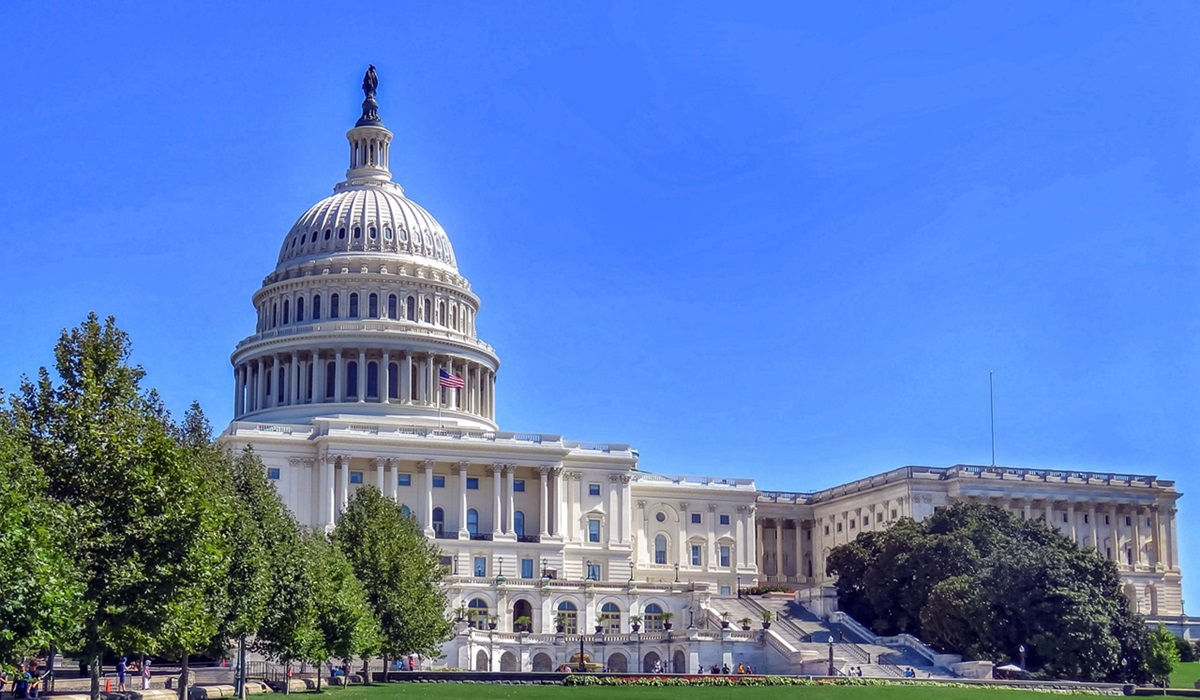As the demographic landscape of the United States rapidly evolves, the imperative for term limits in the U.S. Senate and Congress becomes increasingly apparent. The disparity between the electorate and their representatives, coupled with concerns over complacency, special interest influence, and political stagnation, underscores the need for reform.
The United States is experiencing significant demographic shifts, including increasing diversity and changing socio-economic dynamics. However, many elected officials in Congress do not reflect these changes, often due to long incumbencies that outlast these demographic shifts. This misalignment can result in a lack of effective representation, as the interests and needs of a diversifying electorate may not be adequately addressed by long-serving politicians who may be more attuned to the priorities of past constituencies.
Long-term incumbency can lead to complacency, with politicians becoming more focused on maintaining their positions than on addressing current issues effectively. This complacency manifests in rubber-stamping legislation, minimal engagement with new ideas, and a reluctance to challenge the status quo. The result is a legislative body that is less dynamic and less responsive to new and emerging challenges.
Another significant concern is the undue influence of lobbyists and special interest groups on long-serving members of Congress. Extended tenure can lead to entrenchment, where politicians become increasingly reliant on campaign contributions from these groups, thereby prioritizing their interests over those of their constituents. This dependency undermines the democratic process and erodes public trust in the political system.
Instituting term limits could rejuvenate Congress by ensuring a regular infusion of fresh perspectives and new ideas. This turnover would help align legislative priorities more closely with the evolving needs and values of the electorate. Moreover, it could reduce the influence of special interests by limiting the time politicians have to develop such dependencies. Term limits would also encourage greater political engagement among the public, knowing that opportunities for new candidates are regularly available.
One argument against term limits is the potential loss of experienced legislators who have deep institutional knowledge and expertise. However, this can be mitigated by a balanced approach to term limits, allowing enough time for members to gain and utilize experience without becoming entrenched. For instance, a combination of limits such as three terms in the House (six years) and two terms in the Senate (twelve years) could provide a balance between fresh perspectives and experienced governance.
The implementation of term limits would require a constitutional amendment, a challenging but not insurmountable task. This would necessitate either a two-thirds majority in both houses of Congress or a constitutional convention called for by two-thirds of state legislatures. Given the inherent conflict of interest—asking current members to vote themselves out of extended power—grassroots movements and public pressure are crucial. Successful examples of state-level term limits demonstrate that such reforms are feasible with sufficient public support and advocacy.
The most significant barrier to implementing term limits is the reluctance of current politicians to relinquish the benefits of long-term incumbency. However, growing public dissatisfaction with Congress and increasing awareness of the benefits of term limits can drive political momentum. Voter initiatives, public referenda, and strong advocacy campaigns can pressure legislators to prioritize this reform.
By aligning the composition of Congress more closely with the nation’s evolving demographics, reducing complacency, and curbing the influence of special interests, term limits could enhance the responsiveness and effectiveness of the legislative process. While the path to implementation is fraught with challenges, sustained public pressure and strategic advocacy can pave the way for this crucial reform.









